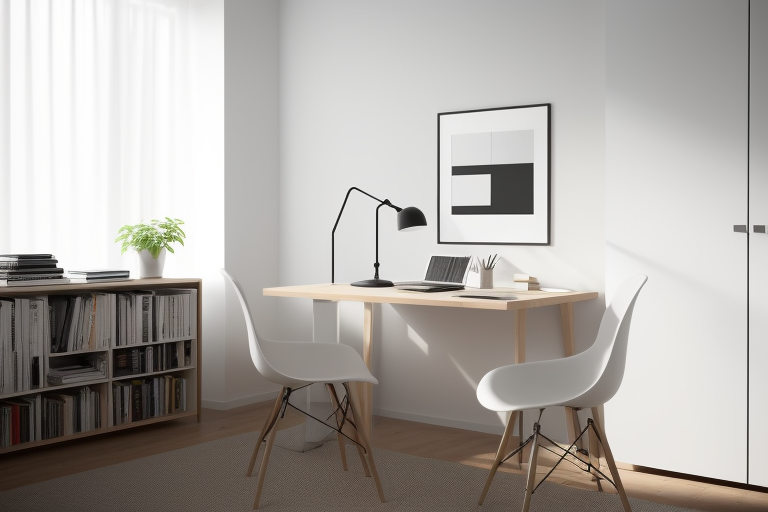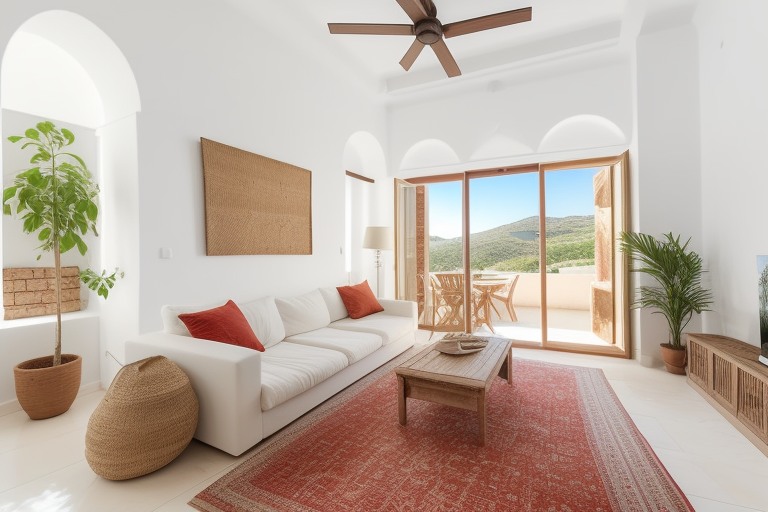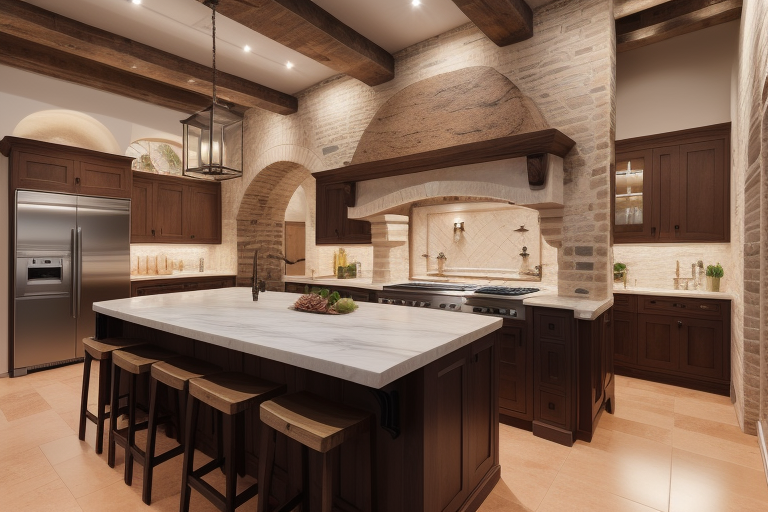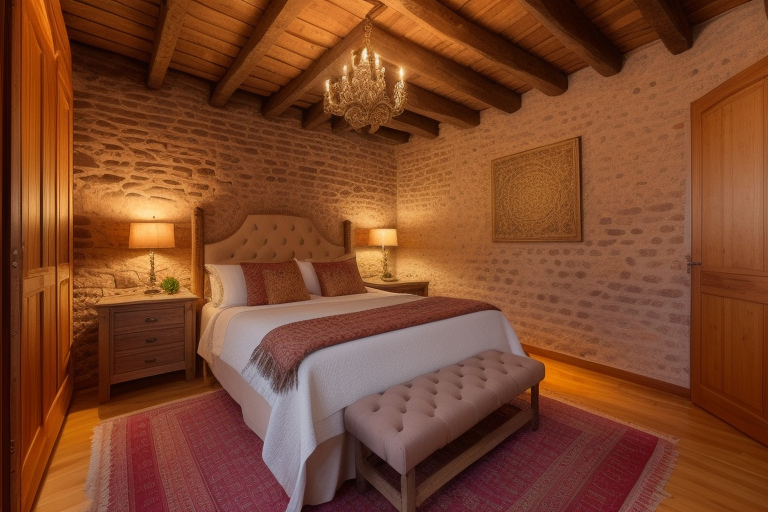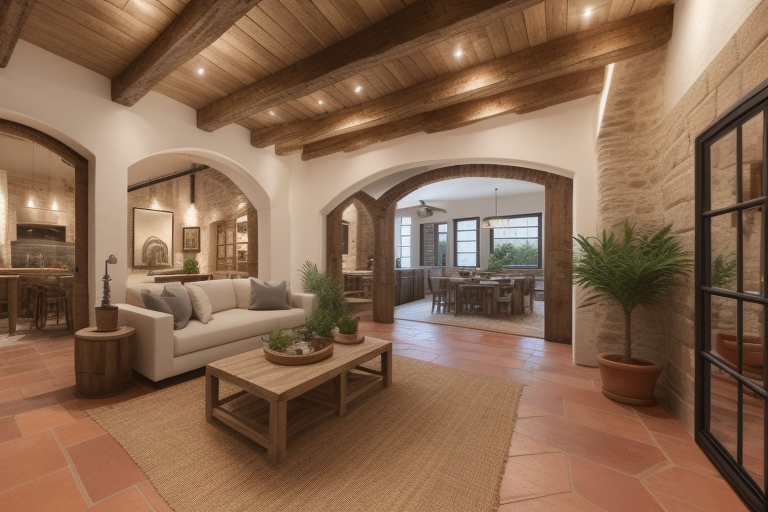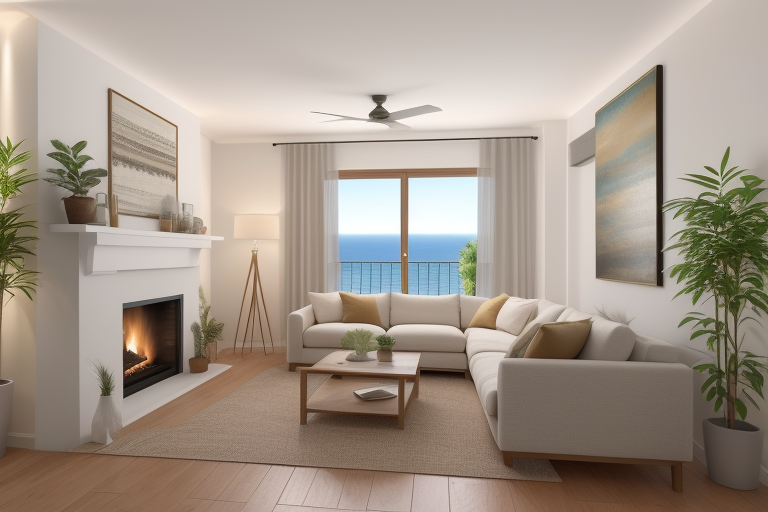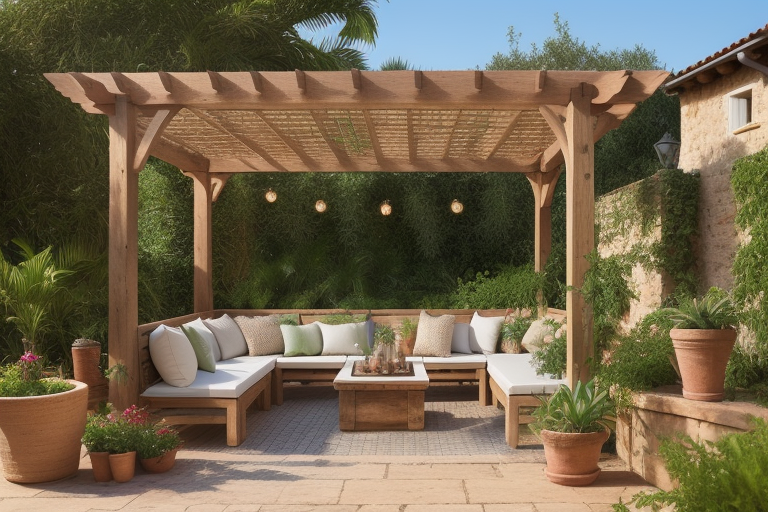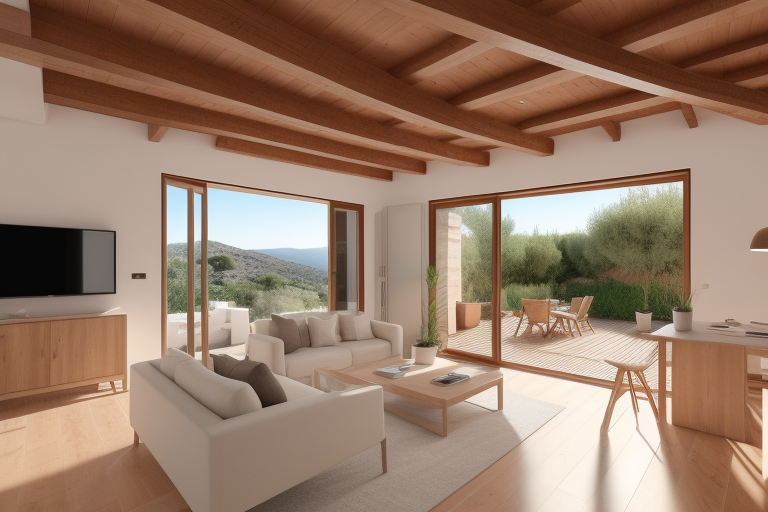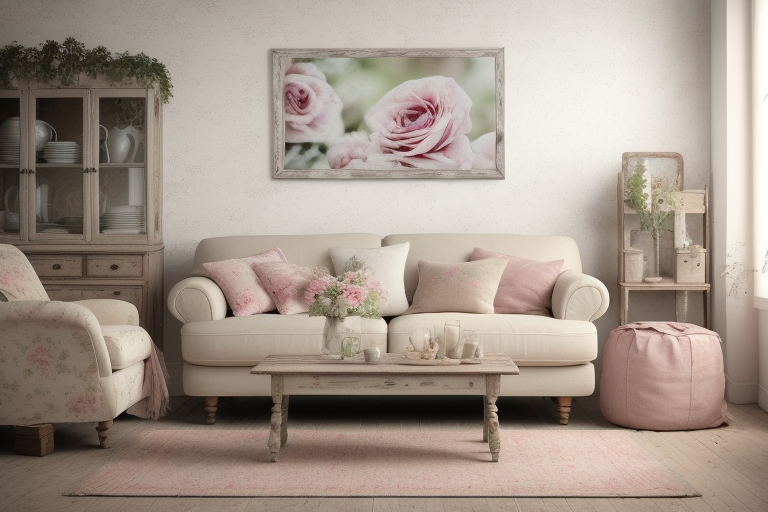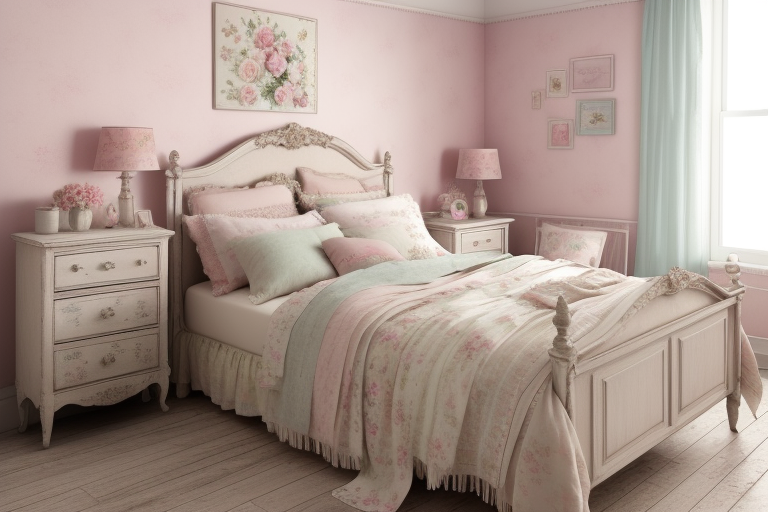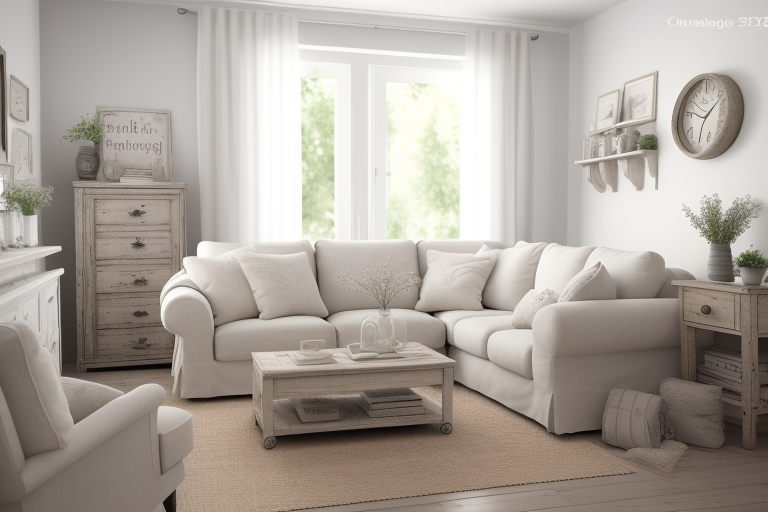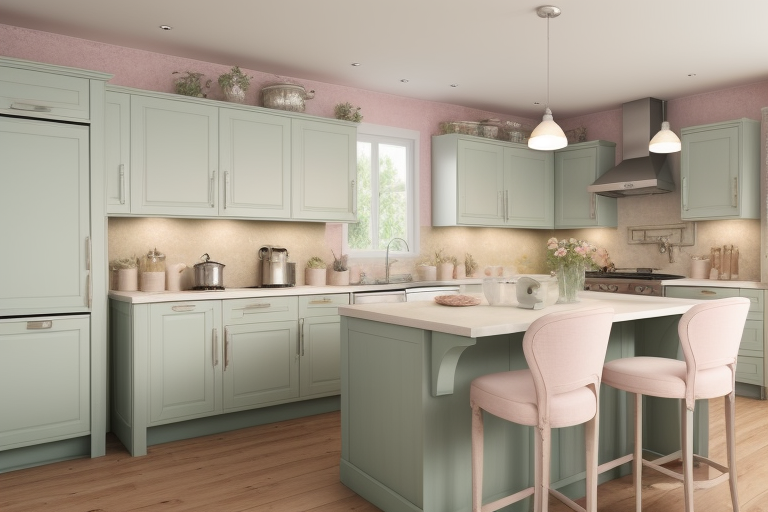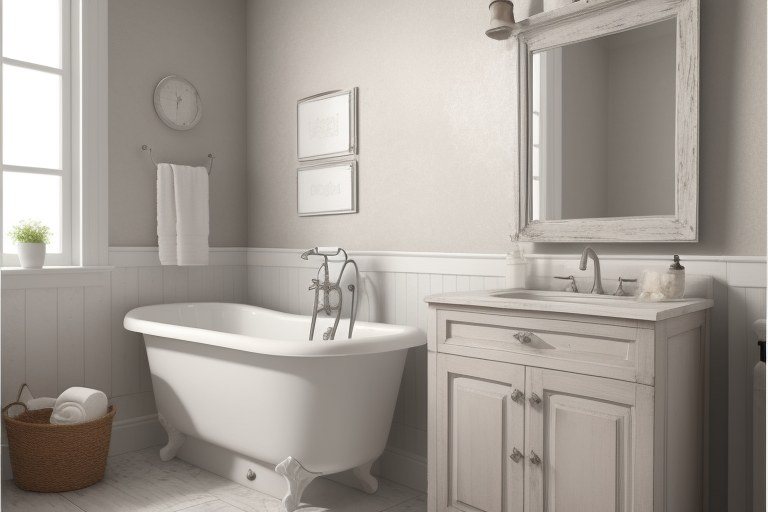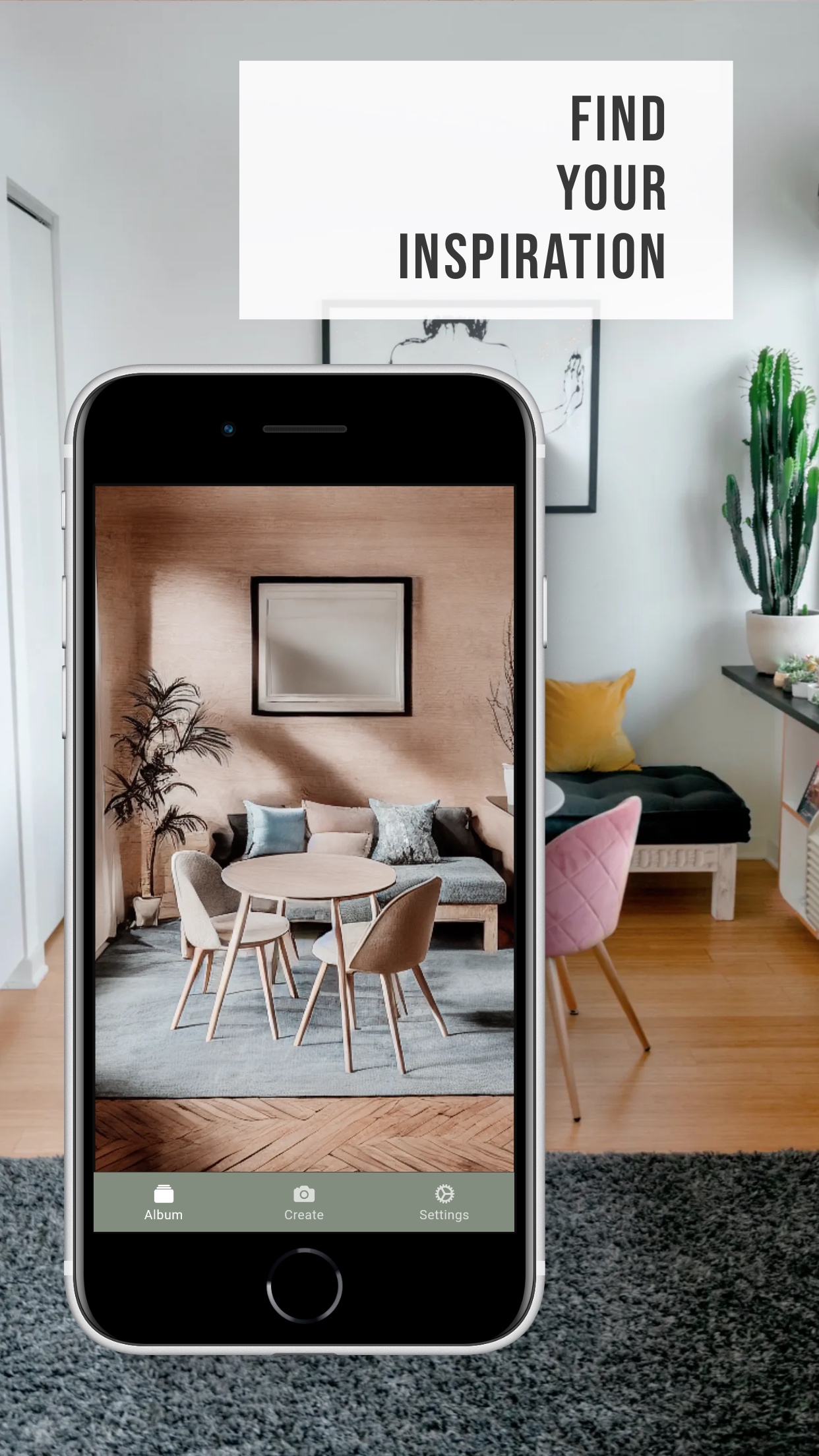Understanding Bauhaus Interior Design
Bauhaus Interior Design is a revolutionary design movement that originated in the early 20th century in Germany. It encapsulates the principle of form following function, embodying a minimalist approach with a strong focus on geometric shapes and primary colors. The design is renowned for its seamless integration of art, architecture, and craftsmanship. Bauhaus aims at creating functional, simple, and stylish spaces that serve the people living in them, rather than merely pleasing the eye.
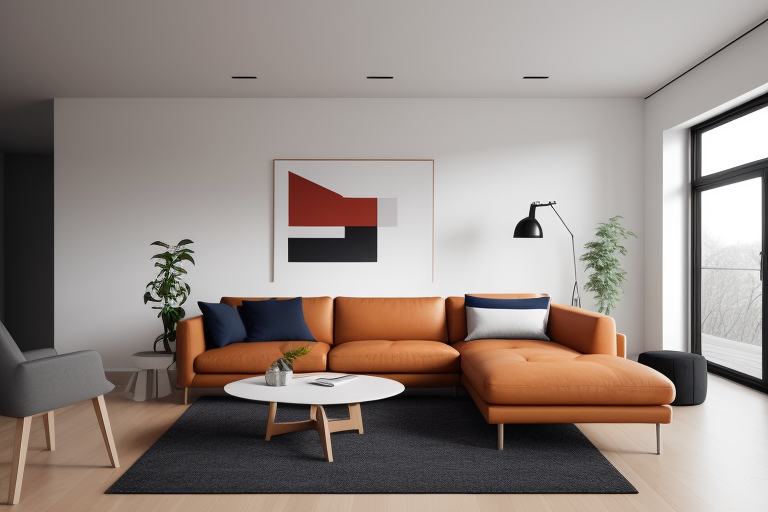
Key Elements of Bauhaus Design
The Bauhaus style is defined by a few distinct characteristics. One of the most pronounced is the use of geometric shapes – circles, squares, and triangles are often used in Bauhaus design. Additionally, functionality is given prominence; every piece within the space has a purpose. The color palette is primarily neutral with pops of primary colors (red, blue, yellow) to add vibrancy. Smooth surfaces, steel frames, and glass are also common, reflecting the industrial influence of the era.
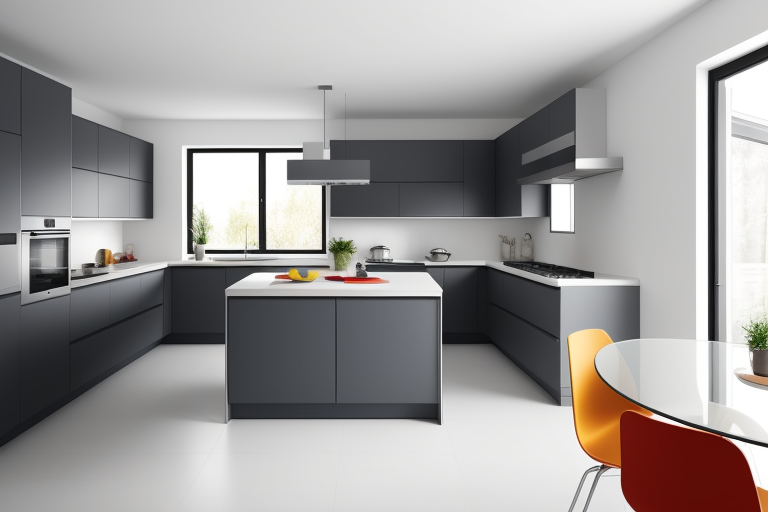
Artwork, Lighting and Furniture in Bauhaus Interior Design
Artwork in Bauhaus often involves abstract pieces with bold, primary colors and geometric forms. Lighting is functional yet stylish, typically featuring pendant lights, angular wall lights, or industrial-inspired floor lamps. Bauhaus furniture is renowned for its simplicity, functionality, and use of modern materials. Iconic pieces such as the Wassily Chair by Marcel Breuer or the Barcelona Chair by Mies van der Rohe embody the essence of Bauhaus design.
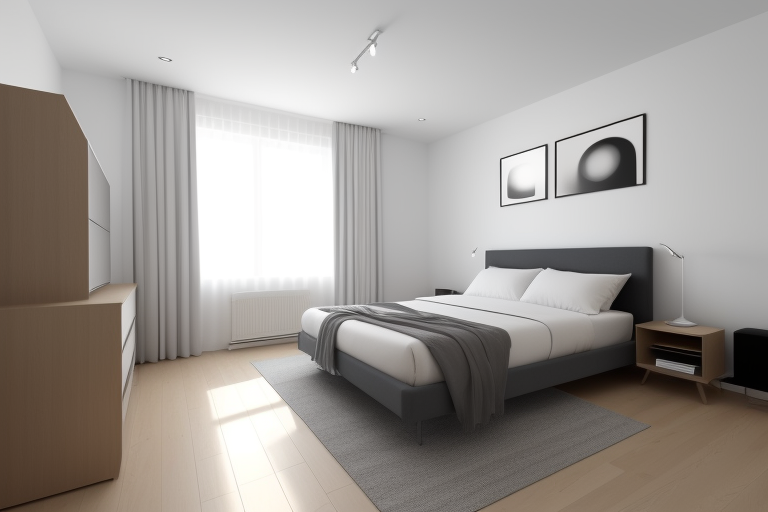
Decorating Your Room in Bauhaus Style
- Begin with a neutral base: Use neutral colors for the walls and floor.
- Introduce geometric shapes: Incorporate geometric shapes in artwork, furniture, and accessories.
- Add pops of primary colors: Liven up the space with accents of primary colors in artwork or accessories.
- Choose functional furniture: Opt for minimalist, functional pieces with clean lines.
- Use modern materials: Incorporate elements of steel, glass, and chrome in furniture and fixtures.
- Consider lighting: Use stylish yet functional lighting fixtures.
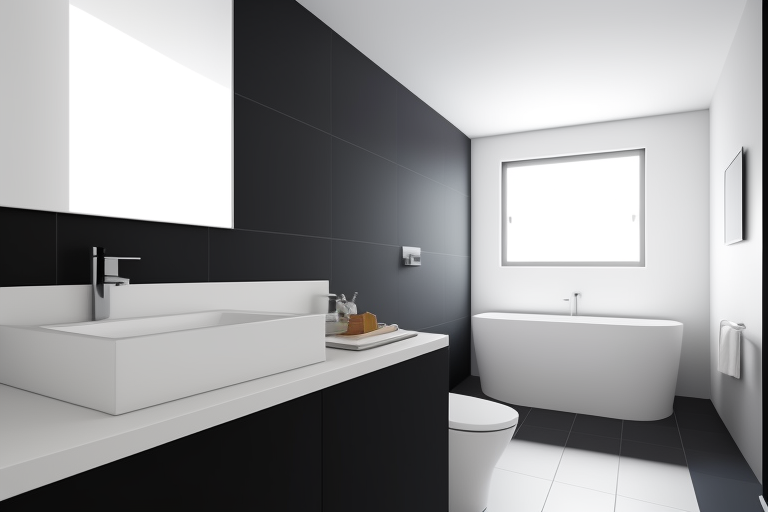
Modern Interpretations of Bauhaus Design
Modern Bauhaus interior design continues to inspire and influence contemporary architecture and design. While it maintains the fundamental principles of functionality and simplicity, it often incorporates updated materials and technologies. Modern Bauhaus ideas might include smart home systems or sustainable materials, demonstrating the style’s adaptability to technological advancements and contemporary lifestyle needs.
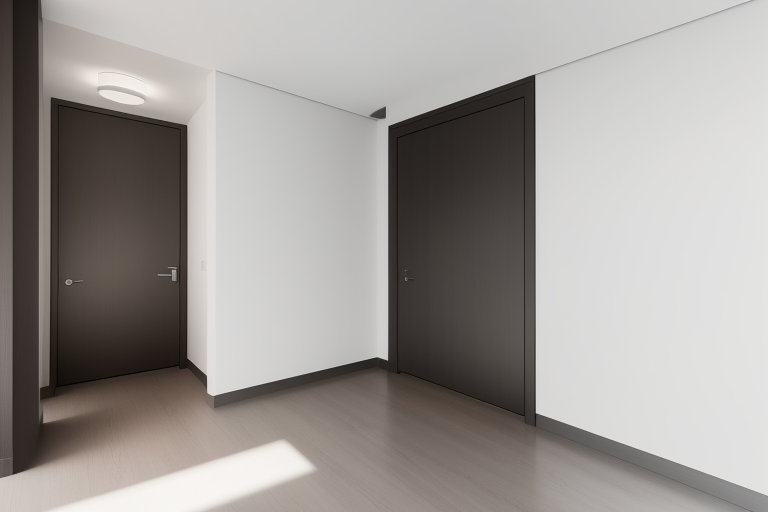
The Impact of Bauhaus Design
The influence of Bauhaus design extends beyond the realm of interior design. It has shaped modern architecture, graphic design, and even education in the creative arts. The harmonious blend of form and function in Bauhaus design has been a guiding principle for many designers and architects, affirming the style’s timeless relevance in a world where design and functionality are integral to everyday life. Scandinavian interior design is one such style influenced by Bauhaus.
